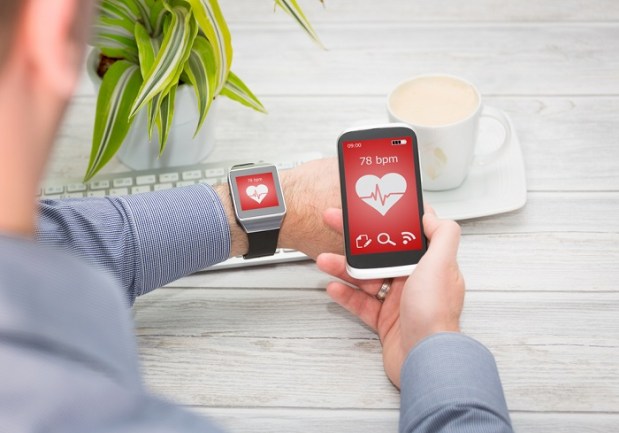Wearables Underperforming More Than Expected

The wearables market may be doing worse than expected, according to new research.
Market research firm International Data Corp. (IDC) recently reported that the wearables market isn’t doing as well as most people think with the proliferation of options. Despite Apple CEO Tim Cook saying otherwise, the launch of the Apple Watch Series 2 this fall hasn’t gained traction, as Apple’s sales declined 71 percent compared to last year’s third quarter.
Analysts say the wearable category is failing to grow at the rates that were anticipated. Turns out, eMarketer researchers estimate that 39.5 million U.S. adults will sport a wearable at least once per month. This is significantly less than the 63.7 million they predicted last fall. Wearable devices will only touch 15.8 percent of the U.S. population, growing only 21.1 percent by 2020. Smartwatch options in particular were expected to grow more than 60 percent annually this past year, but analysts now say annual growth is looking more like 25 percent.
While Apple and FitBit maintain more market share than others, Microsoft disbanded its Band, and the technology behind Pebble watches was purchased by FitBit.
Experts say the reason for the slowdown is that customers are struggling to find reasons to buy the products. When Apple debuted its first watch, fitness and health trackers were controlling the market. But now the health-and-fitness element is already incorporated into smartwatches, namely Apple’s recently debuted second watch. That said, neither Apple – nor any other brand – has been able to persuade customers that a smartwatch or other wearable device is necessary. Many people are still fine with more than one device: a fitness tracker and smartphone, for example.
Experts say that without a clear use case for buying a smartwatch, the price alone is a limiter.
As for how the smartwatches are ranking in sales, according to IDC research, Apple dropped to fourth place with Fitbit willing the category of 23 percent of the market. That said, Fitbit may not be doing stellar in terms of unit sales, as some reports indicate bloated inventory and weaker demand for the Flex 2. In October alone, all smartwatch shipments down 51.6 percent from the same time in 2015.
Analysts predict that the holiday shopping will give smartwatches a lift, but it may not be enough for the entire category in the long run.